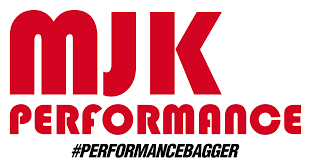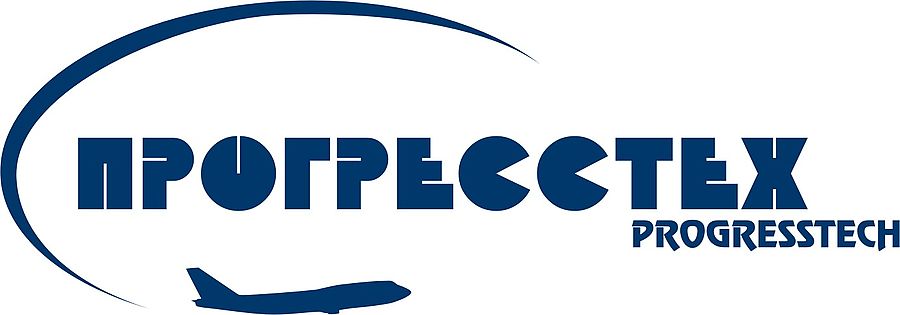Autodesk Fusion 360 for Oru Kayak Company
Description
Here’s the problem: You want to hit the water in a kayak — but where are you going to store the thing when you’re not using it? And how are you going to transport such a long boat from home to the water?
Oru Kayak has solved that challenge with a line of tough, cleverly designed boats that fold up into a package the size of a small suitcase — one you can stow in the trunk of your car or sling over your shoulder. It’s all part of their vision “to make paddling more convenient, fun, and freeing for everyone.” Their focus has shifted from early-stage design toward the specific challenges of engineering and manufacturing. The point is to optimize both the user experience and the efficiency of production.
“It starts with design philosophy,” Willis says. “You have to be willing to make guesses, not get too attached to ideas, and change on a dime based on user feedback.”
Fusion 360 has been integral to streamlining that process. “We began by using Fusion 360 to roughly model the kayak and parts, to visualize how pieces came together,” the company adds, “but we were still using CNC and other technologies to make the parts. Now, we’re revising many of thekayak parts with new injection molds” using Fusion 360.
“We are making the individual parts more efficient to manufacture, stronger, and more consistent with the overall aesthetic of the product — fluid, clean, and simple,”Willis says. “For combining these elements, it’s been crucial to have software that’s rigorous but allows for flexible and intuitive sculpting in three dimensions.”
The level of detail required can seem exhausting, but the company believes the payoff is worth it.
Details
Business tasks
Ensure Compliance
Increase Customer Base
Enhance Competitive Ability
Problems
Aging IT infrastructure
No control over implementation
High costs









